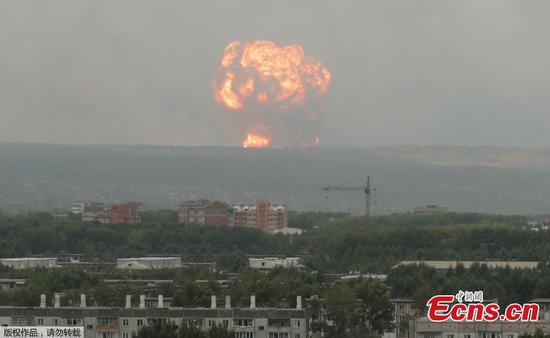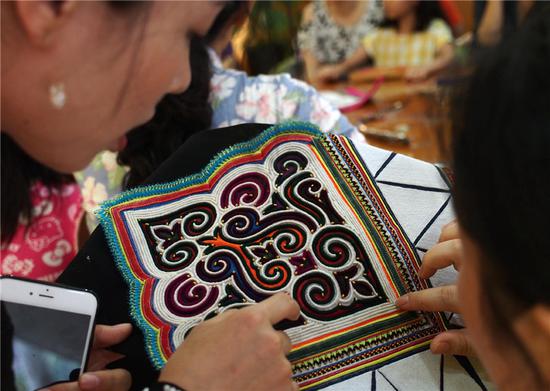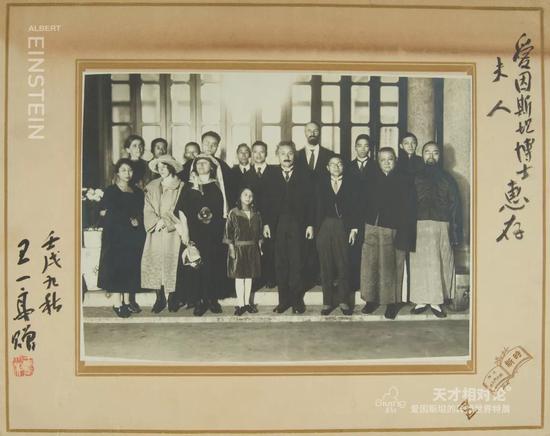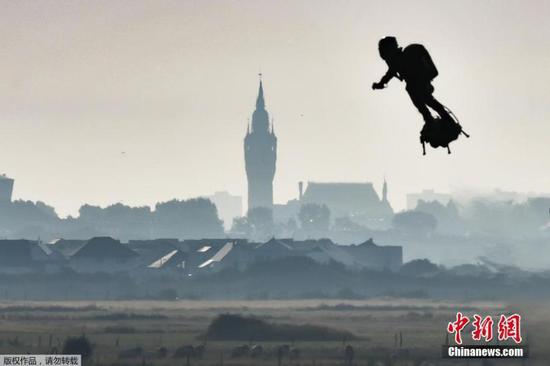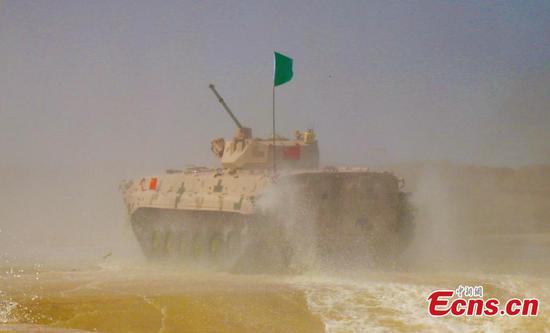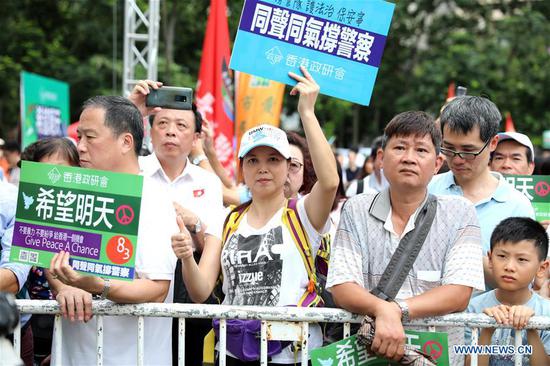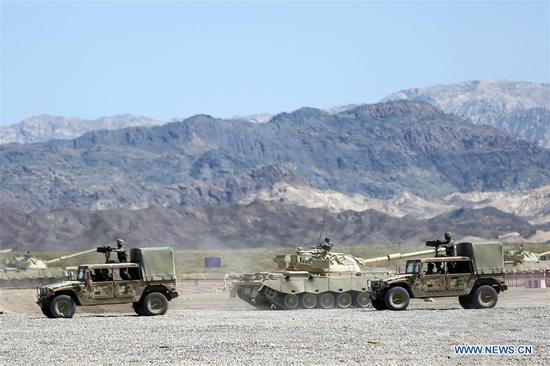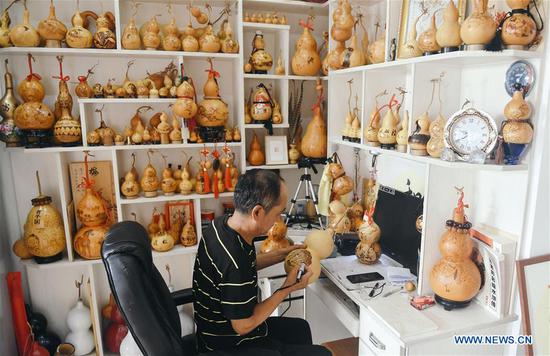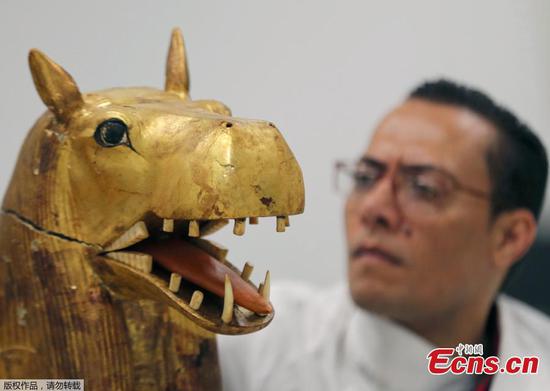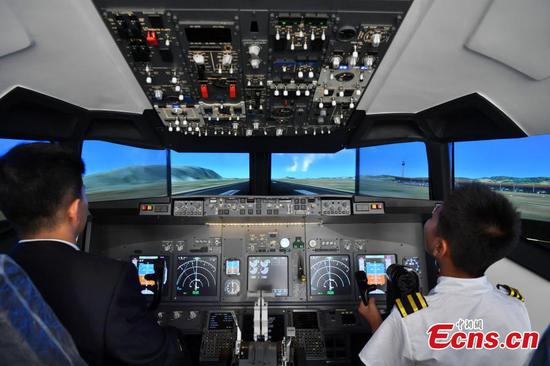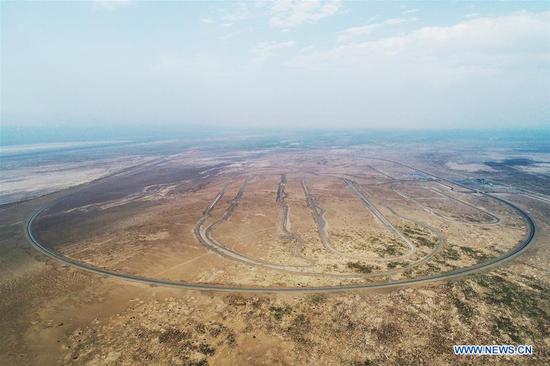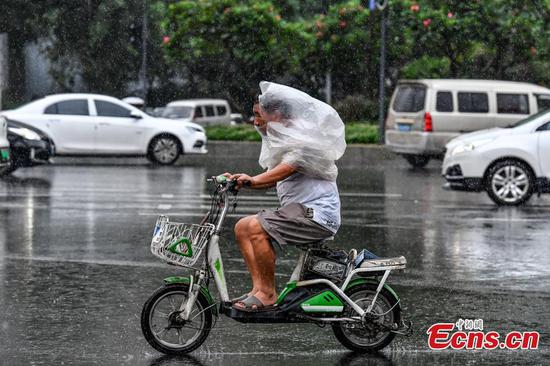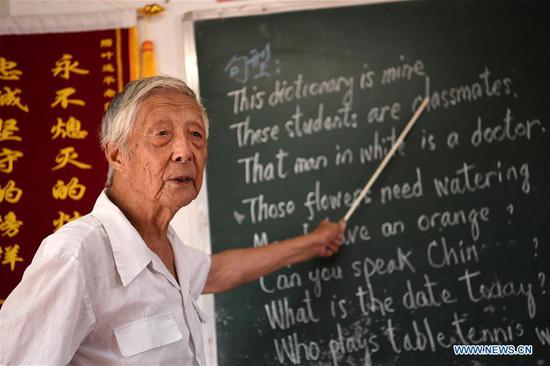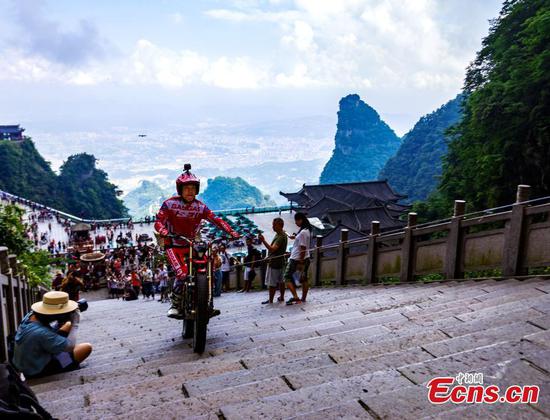
Cargo trucks wait at the bonded zone in Pingxiang, the Guangxi Zhuang autonomous region, before heading to Vietnam. (Zhou Jun/for China Daily)
Editor's note: As the People's Republic of China prepares to celebrate its 70th anniversary on Oct 1, China Daily is featuring a series of stories on the role regions have played in the country's development and where they are today.
Staff at the Friendship Pass in Pingxiang, a border city in the Guangxi Zhuang autonomous region, wake up daily to the noise of cargo trucks. Their rumbling engines are testimony to the booming trade between China and Vietnam.
Busy with exports from South and West China, as well as imports from Southeast Asian countries like Vietnam and Thailand, trucks line up waiting to pass through the border checkpoint.
Huang Chengjie, a customs agent, buzzes around the trucks on his motorcycle, cooperating with his partner to help client companies clear customs between China and Vietnam.
Huang works from 9 am to 9 pm, making dozens of trips between the two countries' checkpoints every day.
In 1992, Pingxiang was listed as one of the border cities for opening-up by the State Council. In 2001, China and the Association of Southeast Asian Nations agreed to build a free-trade zone, making Guangxi a focal point for cooperation with the bloc. The regional body has been the largest trading partner of Guangxi for 19 consecutive years.
When President Xi Jinping visited Guangxi in 2017, he urged the region to make full use of its geographical location, coastlines, rivers and border areas to promote opening-up and play a bigger role in the Belt and Road Initiative.
The BRI has greatly increased Guangxi's trade with ASEAN countries, which has brought huge opportunities for Pingxiang, said Meng Jianghua, an official of the administrative committee of the Pingxiang integrated free trade zone.
To prompt the border city to play its part in the initiative, authorities in Pingxiang have been trying to facilitate customs clearance by adopting an information management system to simplify the process.
Meng said customs clearance for exports takes about 48 minutes, which is 20 minutes quicker than before the system was adopted. It takes only 10 minutes for imported goods to pass through customs, he added. The daily number of trucks passing through their gates has increased from 800 to 1,600 at its peak, he said.










